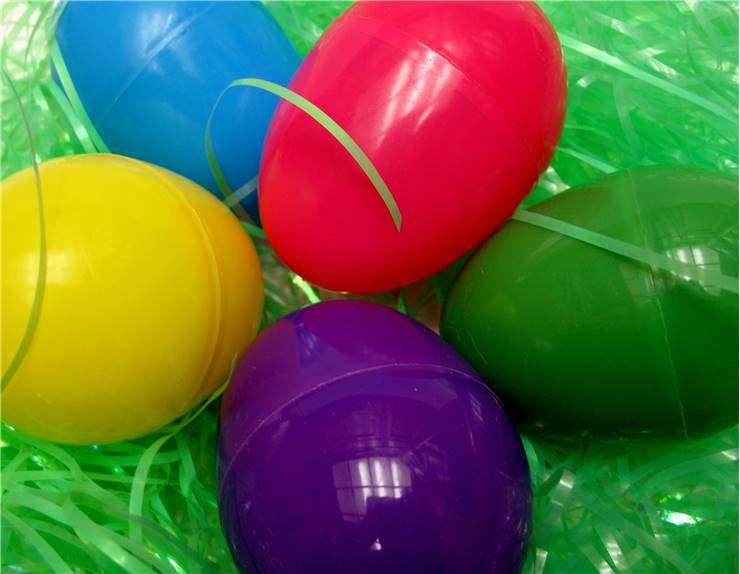Timeline of Plastic History
- 1284 – Oldest surviving historical record of naturally made plastic compounds from horn and tortoiseshell.
- 1823 – Macintosh discovered rubber. He used it to protect cotton from moisture.
- 1845 – Inventor Bewley produces natural rubber from plant gutta percha. This plant became used regularly during 19th century, especially to produce insulation for underwater telegraph cables.
- 1862 – Londoner Alexander Parkes unveiled first man-made plastic compound. He named it "Parkesine”, but it quickly disappeared from public use because of high costs.
- 1869 – Failure of Parkesine led to the creation of Xylonite by the hands of Daniel Spill. His company also went bankrupt after few years.
- 1869 – American inventor John W. Hyatt invented Celluloid, which entered mass production in 1872.This was successful plastic product.
- 1897 – Two German researches developed Galalith, a type of plastic that is still in use today (mostly as plastic buttons).
- 1908 - Jacques E. Brandenberger invented Celophane – light, non-reactive and easy to use plastic compound that become very successful after DuPont made it water-proof in 1927. It remains widely used even today.

- 1909 –New York chemist Leo H. Baekeland created first fully synthetic plastic product called Bakelite. It was received with great enthusiasm, and was used in everything, from jewelry to cars and airplanes. Original pieces of Bakelite plastics are now considered rare and precious.
- 1920s – Jewelry manufacturer Coco Chanel introduced jewelry made from Bakelite.
- 1920 – Creation of Polyvinyl chloride, or PVC. This invention brought to the close tradition of cultivating plants who gave us natural rubber. PVC is most commonly used plastic product of the modern world.
- 1925 – The term “Plastic” was introduced.
- 1927 – After patent for Bakelite expired, Catalin Corporation started producing plastic “Catalin” with the same formula as Bakelite. Their 15 new colors proved to be very successful.
- 1931 – Plexiglas, strong and transparent type of plastic was invented in two different laboratories. It instantly becomes success.
- 1938 – Chemist Roy Plunkett discovered Teflon, very durable and resistant plastic that is today most commonly used in kitchenware.
- 1939 - Nylon was created, to the relief of all women in the world.
- 1946 – After World War II, chemist all around the world improved the formulas of Catalin and Bakelite, making them obsolete.
- 1948 – ABS was made, plastic which is today used in millions of products – from Lego pieces to golf club heads, musical instruments, car parts, and piping.
- 1953 – American chemist Daniel Fox invented a new type of polycarbonate resin thermoplastic that was very durable and almost bulletproof. Named “Lexan”, this plastic became instant hit and is used even today in various modern products, such as iBook, iPod and many others.
- 1954 – Styrofoam becomes available.
- 1965 – Chemist Stephanie Kwolek develops light, extremely resistive and durable plastic compound that is today known under the name of Kevlar. Today, this plastic is used by military and police in bullet resistive protective wear.
- 1998 – Bakelite bracelet under the name of “Philadelphia bracelet" reached the price of 17 thousand dollars at Treadway/Toomey auction.
